
Heliox: Where Evidence Meets Empathy 🇨🇦
Join our hosts as they break down complex data into understandable insights, providing you with the knowledge to navigate our rapidly changing world. Tune in for a thoughtful, evidence-based discussion that bridges expert analysis with real-world implications, an SCZoomers Podcast
Independent, moderated, timely, deep, gentle, clinical, global, and community conversations about things that matter. Breathe Easy, we go deep and lightly surface the big ideas.
Curated, independent, moderated, timely, deep, gentle, evidenced-based, clinical & community information regarding COVID-19. Since 2017, it has focused on Covid since Feb 2020, with Multiple Stores per day, hence a sizeable searchable base of stories to date. More than 4000 stories on COVID-19 alone. Hundreds of stories on Climate Change.
Zoomers of the Sunshine Coast is a news organization with the advantages of deeply rooted connections within our local community, combined with a provincial, national and global following and exposure. In written form, audio, and video, we provide evidence-based and referenced stories interspersed with curated commentary, satire and humour. We reference where our stories come from and who wrote, published, and even inspired them. Using a social media platform means we have a much higher degree of interaction with our readers than conventional media and provides a significant amplification effect, positively. We expect the same courtesy of other media referencing our stories.
Heliox: Where Evidence Meets Empathy 🇨🇦
Dogs Who Think in Verbs and Abstracts
These dogs built mental filing systems where “things you pull” and “things you throw” became umbrella categories so robust they reorganized the dogs’ understanding of their entire toy collection. Function trumped identity.
We do this too, of course. We reorganize our mental maps constantly based on use-context. The same object can be a doorstop, a weapon, a paperweight, depending on what we’re doing with it. But we’ve always assumed this flexibility was uniquely human, tied to our symbolic language and our capacity for metaphor.
References:
Dogs extend verbal labels for functional classification of objects
This is Heliox: Where Evidence Meets Empathy
Independent, moderated, timely, deep, gentle, clinical, global, and community conversations about things that matter. Breathe Easy, we go deep and lightly surface the big ideas.
Thanks for listening today!
Four recurring narratives underlie every episode: boundary dissolution, adaptive complexity, embodied knowledge, and quantum-like uncertainty. These aren’t just philosophical musings but frameworks for understanding our modern world.
We hope you continue exploring our other podcasts, responding to the content, and checking out our related articles on the Heliox Podcast on Substack.
About SCZoomers:
https://www.facebook.com/groups/1632045180447285
https://x.com/SCZoomers
https://mstdn.ca/@SCZoomers
https://bsky.app/profile/safety.bsky.app
Spoken word, short and sweet, with rhythm and a catchy beat.
http://tinyurl.com/stonefolksongs
Curated, independent, moderated, timely, deep, gentle, evidenced-based, clinical & community information regarding COVID-19. Since 2017, it has focused on Covid since Feb 2020, with Multiple Stores per day, hence a large searchable base of stories to date. More than 4000 stories on COVID-19 alone. Hundreds of stories on Climate Change.
Zoomers of the Sunshine Coast is a news organization with the advantages of deeply rooted connections within our local community, combined with a provincial, national and global following and exposure. In written form, audio, and video, we provide evidence-based and referenced stories interspersed with curated commentary, satire and humour. We reference where our stories come from and who wrote, published, and even inspired them. Using a social media platform means we have a much higher degree of interaction with our readers than conventional media and provides a significant amplification effect, positively. We expect the same courtesy of other media referencing our stories.
This is Heliox, where evidence meets empathy. Independent, moderated, timely, deep, gentle, clinical, global, and community conversations about things that matter. Breathe easy. We go deep and lightly surface the big ideas.
Speaker 2:Welcome back to the Deep Dive. Okay, think about this for a second. When you look at something, an object, how do you decide what it is? Are you focusing on, you know, its color, its shape, maybe how it feels, the perceptual stuff? Or are you thinking more about what it's for, what it does, its function?
Speaker 1:Yeah, that difference, it's really key, fundamental when you're trying to understand cognition. For a long time, researchers, especially in comparative cognition, kind of assumed that animals mostly rely on those physical features, you know, what things look like.
Speaker 2:Right, the obvious stuff.
Speaker 1:Exactly. The idea of using a label abstractly like thinking tool or container based only on what you do with it, even if the eiders look completely different. Well, that's generally been seen as a much more complex skill.
Speaker 2:Something we see more in human kids as they develop language, right?
Speaker 1:Precisely. We tend to associate it with later stages of language development in toddlers and preschoolers.
Speaker 2:And that is why we're diving into this really fascinating study today. It involves these pretty rare dogs called gifted word learners, GWL dogs. Our mission here is to unpack the research showing these specific dogs can learn a label like pole and then apply it to a totally new object based only on its function.
Speaker 1:And they completely ignore what it looks like while doing it.
Speaker 2:Which kind of gives us this shortcut, right, into understanding how maybe even basic language skills might help unlock more abstract thinking, even in other species. Yeah. Okay, so let's talk about these dogs. Who are these gifted word learners?
Speaker 1:Yeah, they're definitely not your average canine. We're talking about a really small group. This study managed to recruit 11 of them.
Speaker 2:11 total. Wow.
Speaker 1:Yeah, mostly Border Collies, though there was a Blue Heeler, others too. And they were living all over the place, you know, with their family. Five different countries, I think. U.S., Brazil.
Speaker 2:And what makes them gifted?
Speaker 1:It's their incredible ability to learn object names really, really quickly, spontaneously. Some of these ad dogs knew, like 29 names, others over 200 toy names.
Speaker 2:200. That's amazing.
Speaker 1:It is. But here's the really crucial part. They didn't learn through, like, intense training sessions.
Speaker 2:No clickers and treats for hours. Nope.
Speaker 1:They just picked it up naturally, playing with their owners. That spontaneous learning in their normal home environment? Well, that's what makes this research so powerful. It's ecologically valid.
Speaker 2:Got it. So the researchers weren't just checking if dogs can learn names. We kind of know that. They wanted to know something deeper.
Speaker 1:Exactly. Could these specific dogs generalize a name to an abstract category? And could they do it based purely on the action associated with the toy? Not what it looked like.
Speaker 2:So evidence for categorizing by use.
Speaker 1:Correct. And to test that, they absolutely had to remove the visual confusion. They set up two categories based entirely on what the owner did with the toy.
Speaker 2:Okay, what were they?
Speaker 1:Simple actions. Pull for toys used only in tug-of-war games.
Speaker 2:Makes sense.
Speaker 1:And throw for tolls used only for fetching or chasing.
Speaker 2:And here's the clever part, right? The design.
Speaker 1:Yes. The toys they picked for the pull group and the throw group, they made sure they didn't look alike within the category.
Speaker 2:So no cheating by just recognizing. Like all the ropey things are pull toys.
Speaker 1:Precisely. They used all sorts of shapes, sizes, materials, colors. Completely varied.
Speaker 2:Meaning the dogs had to focus on the action.
Speaker 1:They had to rely on that dynamic social cue, how the owner played with it, not just static features like it's round or it's soft.
Speaker 2:Okay, so they've got the dogs, they've got the core question. How did they actually test it? Sounds complicated.
Speaker 1:It was pretty rigorous. They used this novel four-phase approach.
Speaker 2:step by step. All right. Lay it out for us. Phase one. Phase one was basically the training or maybe
Speaker 1:better called exposure. For about four weeks, owners played with their dogs every day. How long? Usually between, say, five and 30 minutes. And they used eight specific toys. Four designated as pull toys, four as throw toys. They used the words. Yes. Crucially, while playing, the owner would use that category label, you know, saying get the pull toy or fetch the throw toy. So the goal here was just
Speaker 2:to get the dogs associating the word with the action. Exactly. To potentially form these two
Speaker 1:labeled mental groups based on purpose. Pulls and throws. Okay. Makes sense. Then phase two. Phase two. The learning assessment test. They needed to check, did the dogs actually learn the
Speaker 2:names of those first eight toys? Right. Proof of concept for the basic learning. Yeah. So the dog
Speaker 1:had to retrieve a specific pull or a specific throw toy when asked, but from a bigger pile of toys, maybe up to 20, including familiar ones.
Speaker 2:How did they avoid the owner accidentally helping? Like, looking at the right toy.
Speaker 1:Good point. The owner was actually in a different room, no visual contact at all, couldn't give any cues, even so consciously.
Speaker 2:Smart. Did it work?
Speaker 1:For most of them, yes. Eight out of the 11 dogs passed. They got the right toy often enough. I think it was at least 12 out of 16 times.
Speaker 2:Okay, so those eight dogs definitely learned the names of those specific eight toys.
Speaker 1:Yeah.
Speaker 2:But that's not generalization yet.
Speaker 1:Not yet. That only proved they knew individual names. The big question was still open. Could they apply those labels to new things?
Speaker 2:Which brings us to phase three, I guess.
Speaker 1:Phase three, exposure to the function of novel items. Seven dogs moved on to this stage. Over another four weeks, they got introduced to eight brand new toys they'd never seen before.
Speaker 2:And the owners played with these too.
Speaker 1:Yes, using only tugging for some, only throwing for others, just like before.
Speaker 2:But, and I'm guessing this is important.
Speaker 1:You guessed it. Here's the absolute key control. In phase three, owners were told specifically not to use any verbal labels.
Speaker 2:No names at all. Not even pull or throw.
Speaker 1:Nothing. Just the action. The dogs only experienced how the owner played with these new, diverse-looking toys. No words attached.
Speaker 2:Okay. So the dogs now know the words pull and throw from phase one. And they've experienced the actions of pulling and throwing with these new, unnamed toys in phase three.
Speaker 1:Exactly. Which perfectly sets up the final test, phase four, the classification test.
Speaker 2:The moment of truth.
Speaker 1:Pretty much. The dog is in a room just with these novel unlabeled toys from phase three, and the owner asks them to fetch one using the general category name learned way back when, bring me a pull, or bring me a throw.
Speaker 2:Wow. Okay. So the dog has to link the label from phase one to the function they saw in phase three.
Speaker 1:And then apply that understanding to pick out a toy they've never, ever heard named before.
Speaker 2:That feels like a big cognitive jump.
Speaker 1:It absolutely is. It's testing that abstract generalization ability directly.
Speaker 2:Before we get to what happened, quick question. Dogs have amazing noses, right? Could they have been smelling something different? Like maybe the owner's hands smelled different after tugging versus throwing?
Speaker 1:Yeah.
Speaker 2:An olfactory cue.
Speaker 1:That's a really sharp question. You always have to think about alternative explanations in animal cognition.
Speaker 2:Yeah.
Speaker 1:The researchers did consider scent. They tried to minimize differences by how the toys were stored and handled. But more importantly, think back to phase two.
Speaker 2:The test with the original eight toys.
Speaker 1:Right. The dogs successfully distinguish between individual toys then. If they were relying only on scent, they'd need a scent profile for each toy. Now jumping from that to a general smell of pulling category.
Speaker 2:That itself is still an abstraction, isn't it? A category based on smell.
Speaker 1:Exactly. Whether it's the action itself or the smell associated with the action, forming a category and applying a label to it based on that non-visual cue is the key finding. The fact that generalization happened at all shows they weren't just using looks
Speaker 2:Got it. That makes sense. Okay, so the results So the dogs are there, the new toys are there, the owner asks for a pull or a throw
Speaker 1:What do the dogs do? Well, they did it. Significantly better than just guessing Across all the tests with these novel toys, 48 trials in total, the dogs picked the toy that matched the functional category correctly
Speaker 2:on average 31 times. 31 out of 48, that's definitely
Speaker 1:not chance. No, statistically highly significant. It confirms they generalize the label pull or throw based entirely on the object's purpose, how it was used. Okay, why is that finding such a big deal?
Speaker 2:I mean, intuitively, it feels like my dog knows what a ball is for.
Speaker 1:But knowing what one specific ball is for is different from understanding the abstract category of things you throw and applying a label to any new object that fits that category,
Speaker 2:regardless of appearance. Right. It's the generalization to new things based only on
Speaker 1:function. Exactly. And that kind of classification, without relying on shared looks, it was thought to be really rare in non-humans. We'd mainly seen hints of it in very specific cases. Like who? Well, the famous examples are animals like Alex, the African gray parrot, or some language trained
Speaker 2:apes. Right. I've heard about Alex. New colors, shapes. Yes. Remarkable abilities. But, and this
Speaker 1:is a big but, those abilities usually emerged after years of really intensive formal training. Thousands and thousands of trials, often in very artificial lab settings.
Speaker 2:Which makes you wonder.
Speaker 1:Exactly. It raises questions about ecological validity. Was it true cognitive skill or more like a highly trained and maybe unnatural response shaped by the intense lab work?
Speaker 2:Okay, so what here is that these GWL dogs pulled off this high-level abstract thinking.
Speaker 1:In their own homes. During just normal short play sessions with their families, they used these dynamic social cues, watching how the owner played to build an abstract mental category. That makes the finding much more powerful, much more relevant to how cognition might actually develop naturally outside a lab.
Speaker 2:So it shifts this kind of abstract thought from being just a lab curiosity.
Speaker 1:You're potentially being a naturally occurring skill, at least in these linguistically talented dogs.
Speaker 2:And it's interesting how this seems to echo stuff we see in kids, right? But later on.
Speaker 1:Yeah, there's a really interesting parallel with human development. When little kids first start learning words, they often rely heavily on perception. You know, anything round might get called ball.
Speaker 2:Been there.
Speaker 1:Right. But generalizing based on function, understanding that, say, a tiny plastic spoon and a big metal ladle are both spoons because you use them for scooping. That's a more abstract, conceptually richer step.
Speaker 2:And that comes later for kids.
Speaker 1:Typically, yes. Toddlers, preschoolers, it requires moving beyond just the physical similarities. These GWL dogs showed a kind of label use that really mirrors that later, more sophisticated functional skill in humans.
Speaker 2:Which feeds right into that huge ongoing debate in cognitive science, doesn't it? Language and thought.
Speaker 1:Oh, absolutely. The classic chicken-or-egg question. Do we form mental categories first, which then helps us learn language? Or does learning language actually help us form more complex categories?
Speaker 2:Which way does the arrow point?
Speaker 1:It's still very much debated. We see in humans that language often acts like a scaffold. Learning shaped names, for instance, seems to help kids notice similarities between objects they might otherwise miss. And this study with the dogs, it adds some really cool evidence to one side of that debate. It suggests that even if dogs don't have language like we do, possessing some related skills like being able to rapidly learn verbal labels.
Speaker 2:Like the GWL dogs can.
Speaker 1:That linguistic aptitude itself might actually facilitate or support the ability to form these more abstract functional categories.
Speaker 2:So learning the words helps them structure their thinking about the world in a more sophisticated way. Not just seeing individual things, but seeing groups based on purpose.
Speaker 1:That seems to be the implication. The vocabulary skill seems linked to this higher level classification skill. It's a cognitive boost tied to their word learning.
Speaker 2:We should probably add a quick reality check here, though.
Speaker 1:Definitely. Important caveat. The researchers are very clear this is about a tiny, exceptional group of dogs.
Speaker 2:So don't expect your average golden retriever or beagle to start sorting toys by function tomorrow morning.
Speaker 1:Probably not, no. This finding is specific to dogs with this rare talent for word learning. It tells us something about what's possible at the upper end of canine cognition.
Speaker 2:Still, it's pretty incredible that studying these exceptional dogs allows us to probe these deep questions about cognition and language in such a natural way.
Speaker 1:It really is. It shows these complex processes aren't limited to human labs. We can investigate them effectively out in the real world. So to sum it up, finding that these gifted word liner dogs can apply labels based on abstract function, not just looks, it really fills a gap. It shows a level of mental representation tied to their word skills that we maybe hadn't fully appreciated before in non-human animals.
Speaker 2:So for you listening, what does mean for you and your own dog? Well, it suggests that if you happen to have one of these super word learners, they might be navigating their world differently. They might not just see a rubber thing or a fuzzy thing. They might actually be thinking, ah, that's a pull thing or that's a throw thing, classifying by purpose, by intended use. And here's a final little puzzle this research leaves us with. Something interesting happened when the dogs occasionally made mistakes during that final classification test.
Speaker 1:Right. They didn't just grab any random toy. Often when they made an error, say, they were asked for a pull toy but picked the wrong thing.
Speaker 2:What did they pick?
Speaker 1:They often picked an old toy, one from their regular collection that already had its own specific name, like Squeaky or Ball. But it was an old toy that the owner frequently used for the requested action. So if asked for a pull, they might mistakenly grab their old named rope toy that they always play Pug of War with.
Speaker 2:So what does that suggest?
Speaker 1:Well, it hints that these functional categories, pull and throw, might have become incredibly powerful in their minds. Maybe they formed these giant umbrella categories.
Speaker 2:Like a master list of all things pullable and all things throwable.
Speaker 1:Exactly. Categories so strong that they included everything used for that action, even toys that already had their own distinct names. The function, the action category might have actually overridden the individual label in those moments.
Speaker 2:Wow. That's a fascinating thought. So did the category become more important than the specific name sometimes?
Speaker 1:It's an open question raised by those errors. Definitely something for you to think about next time your dog brings you something and seems to be asking you to, well, bring me a poll.
Speaker 2:We'll see you on the next Deep Dive. Thanks for listening today. Four recurring narratives underlie every episode. Boundary dissolution, adaptive complexity, embodied knowledge, and quantum-like uncertainty. These aren't just philosophical musings, but frameworks for understanding our modern world. We hope you continue exploring our other podcasts, responding to the content, and checking out our related articles at heliocspodcast.substack.com.
Podcasts we love
Check out these other fine podcasts recommended by us, not an algorithm.

Hidden Brain
Hidden Brain, Shankar Vedantam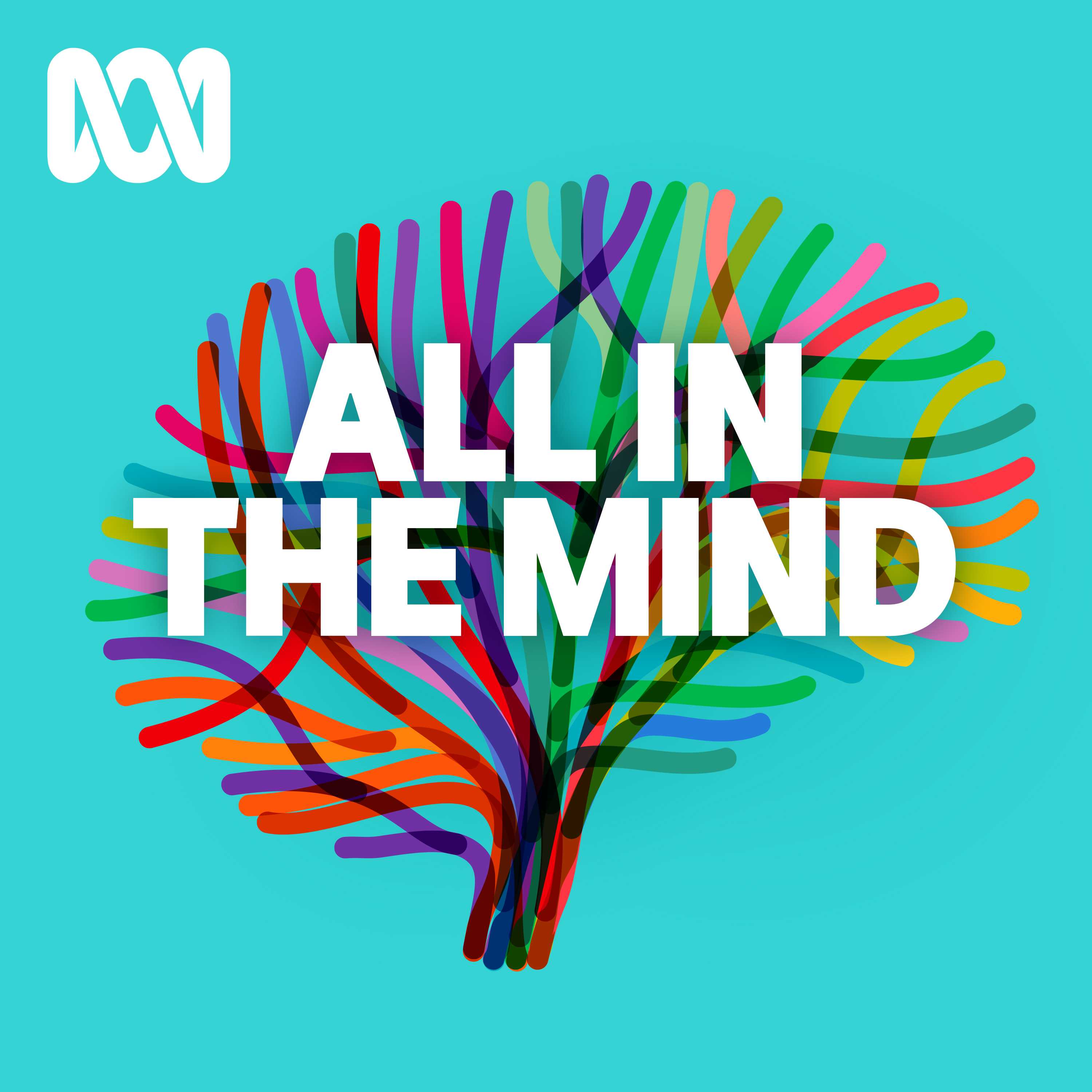
All In The Mind
ABC
What Now? with Trevor Noah
Trevor Noah
No Stupid Questions
Freakonomics Radio + Stitcher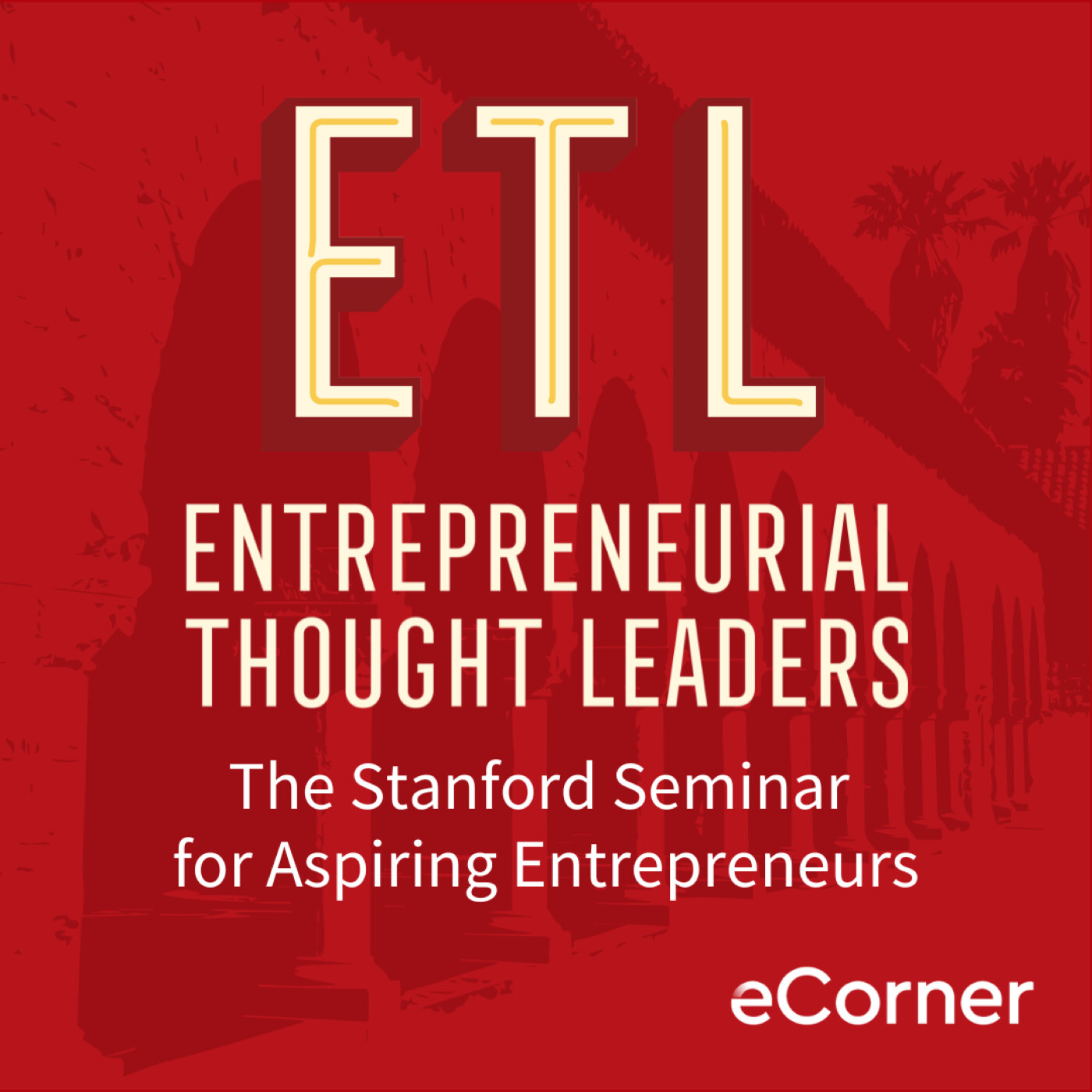
Entrepreneurial Thought Leaders (ETL)
Stanford eCorner
This Is That
CBC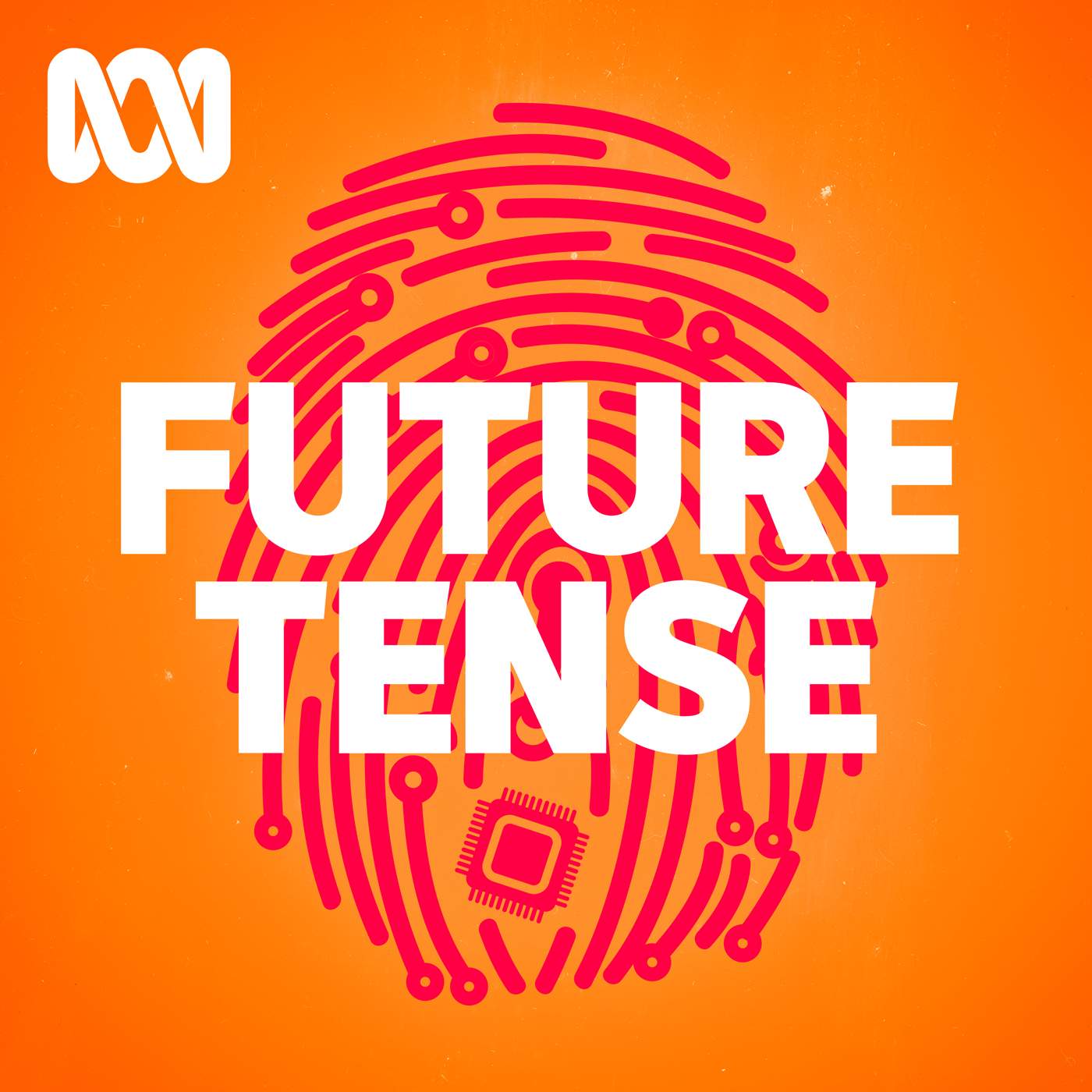
Future Tense
ABC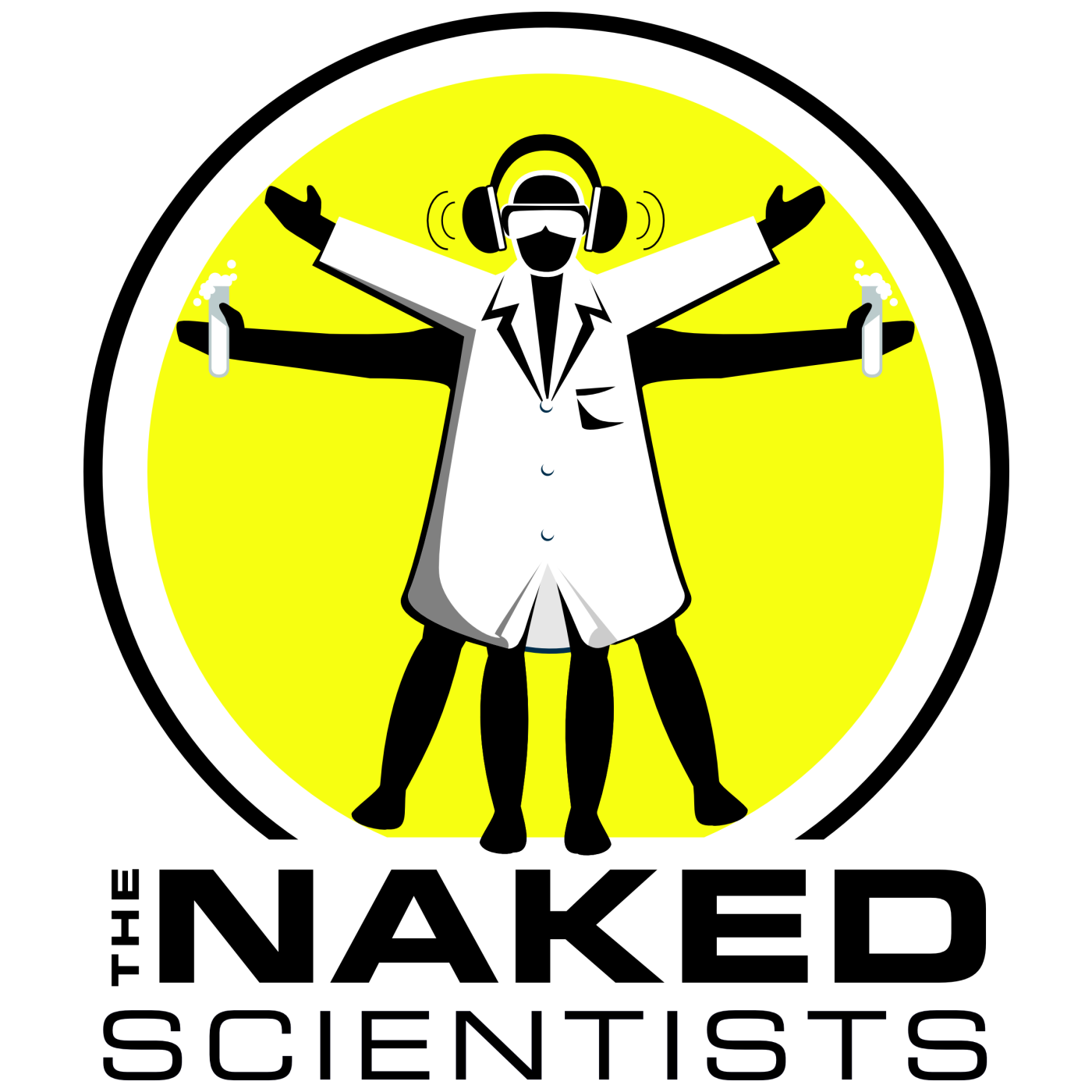
The Naked Scientists Podcast
The Naked Scientists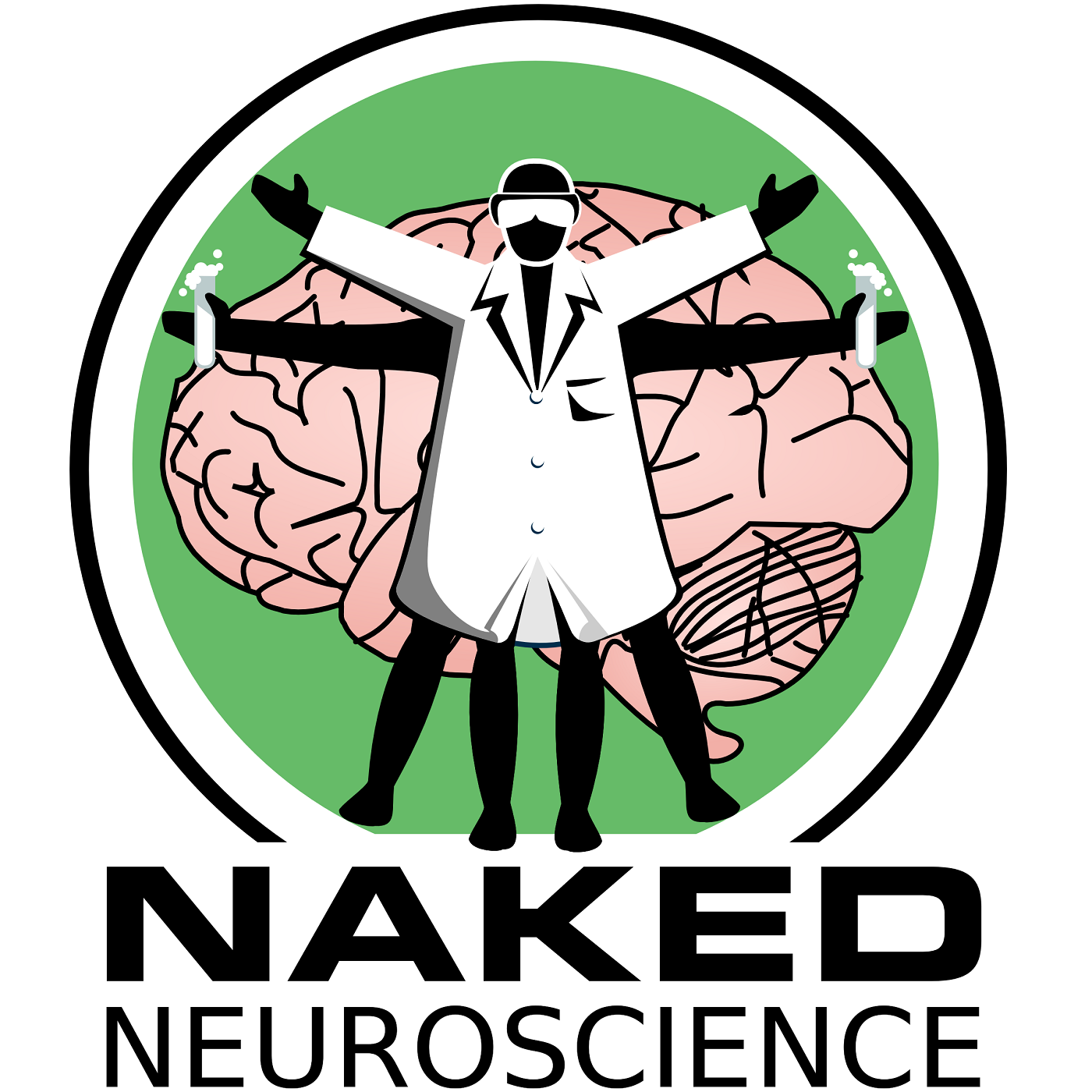
Naked Neuroscience, from the Naked Scientists
James Tytko
The TED AI Show
TED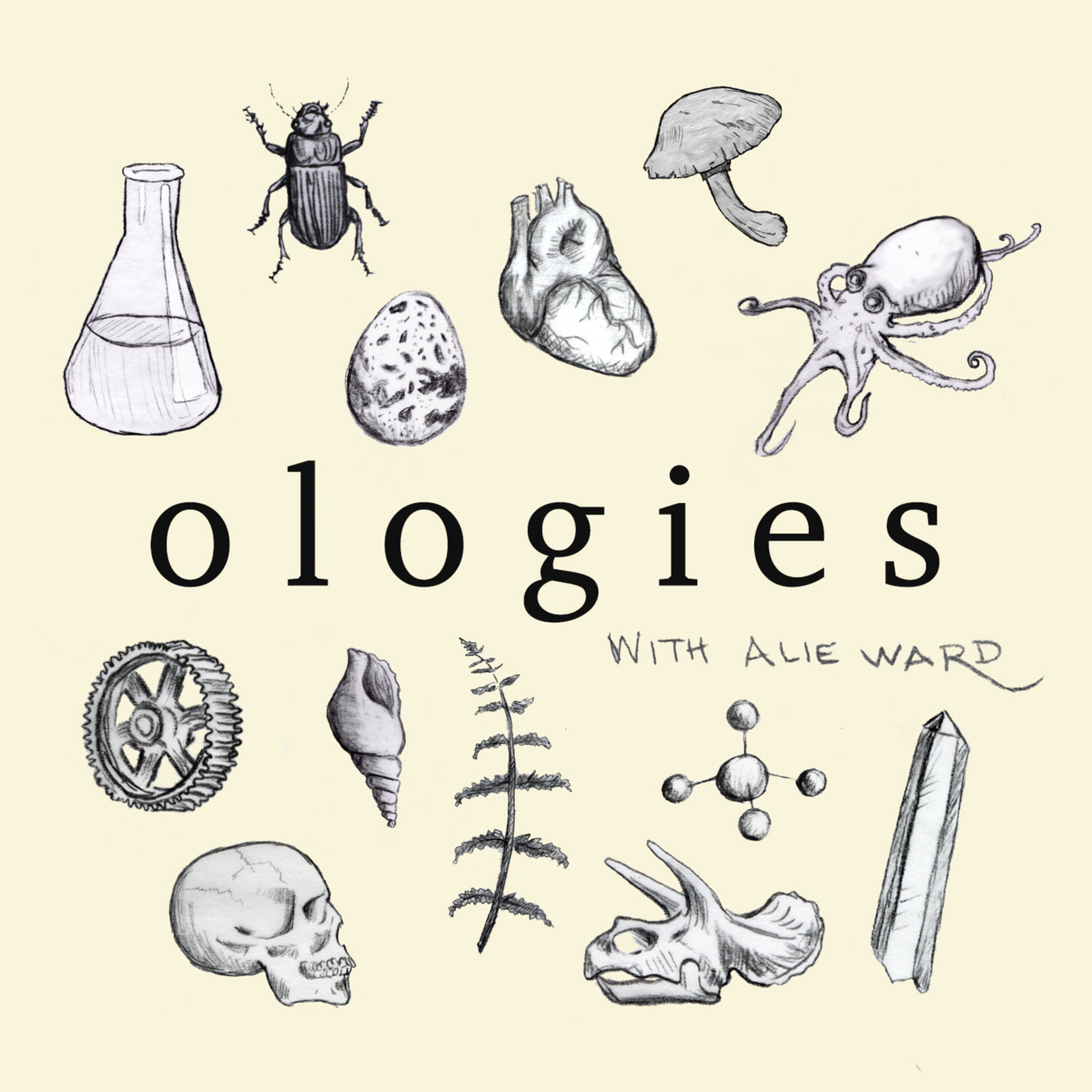
Ologies with Alie Ward
Alie Ward
The Daily
The New York Times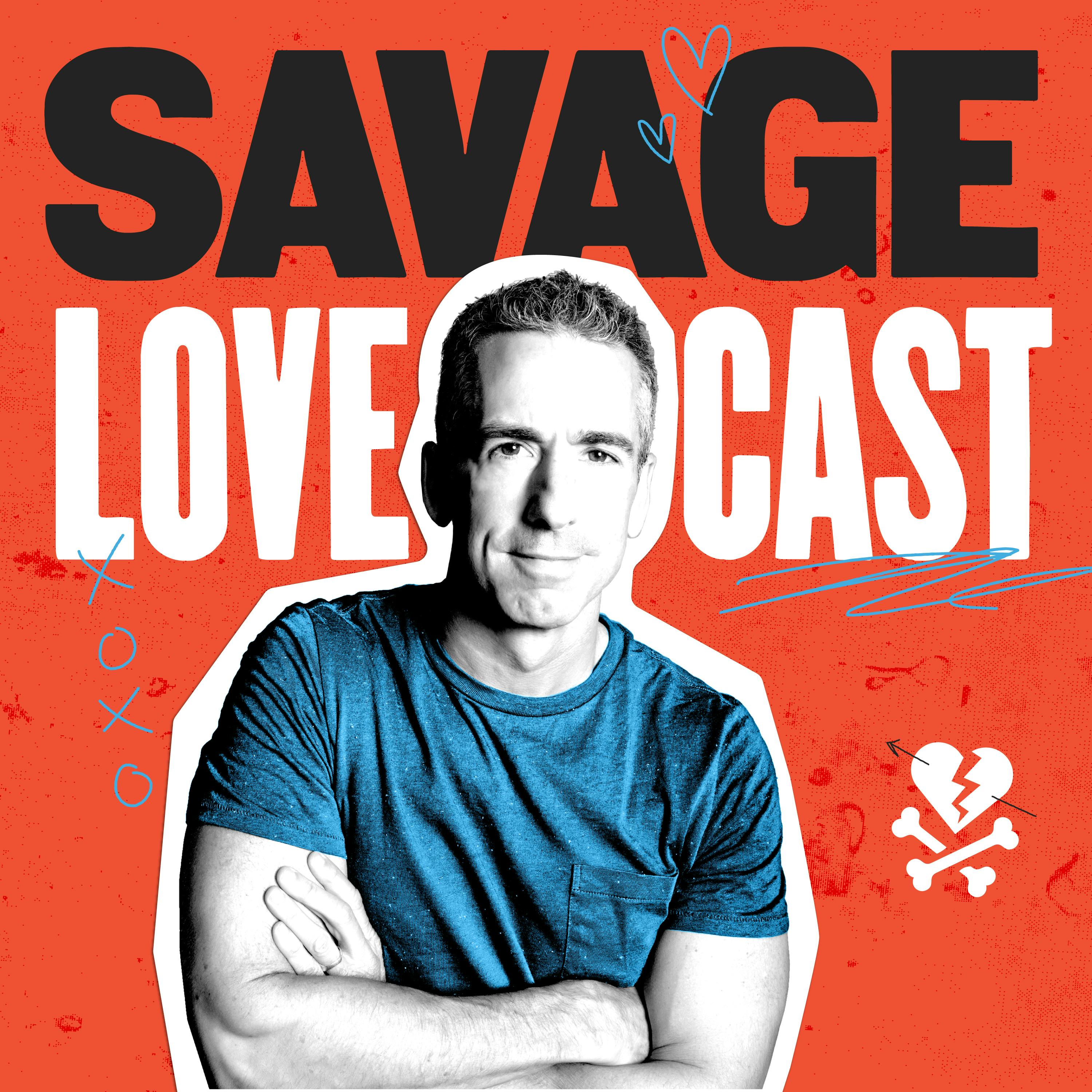
Savage Lovecast
Dan Savage
Huberman Lab
Scicomm Media
Freakonomics Radio
Freakonomics Radio + Stitcher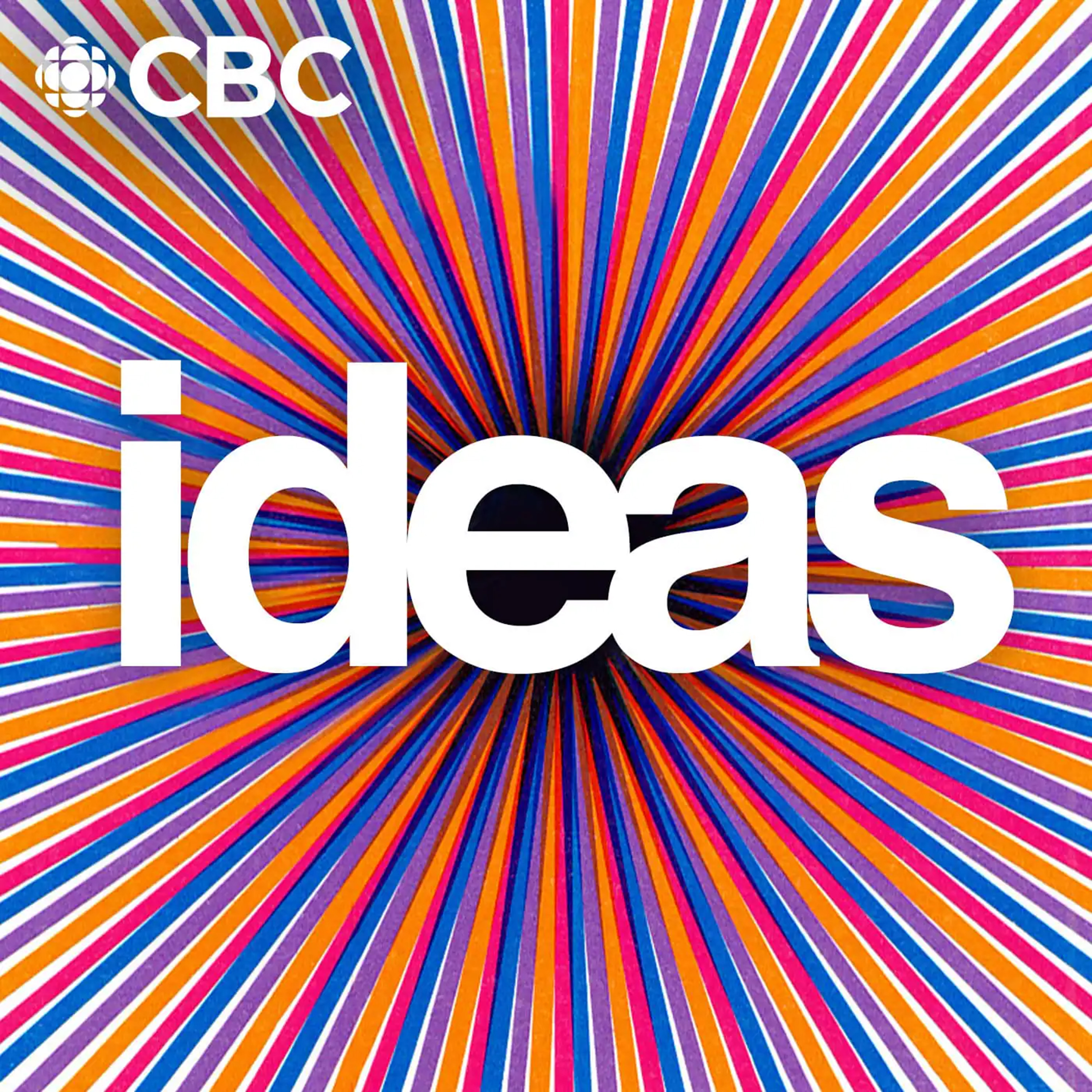
Ideas
CBC

